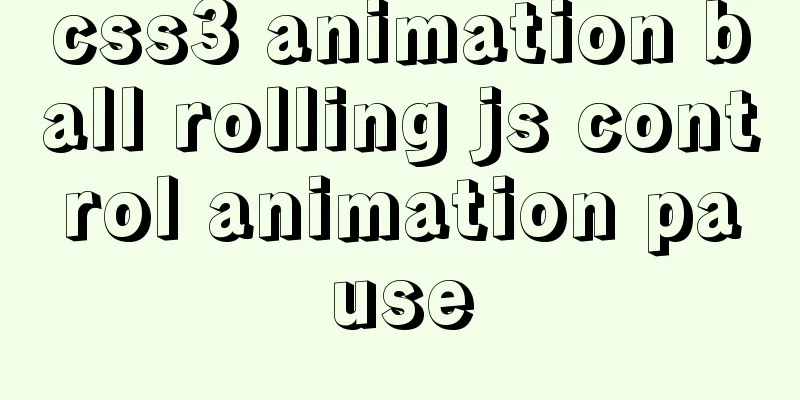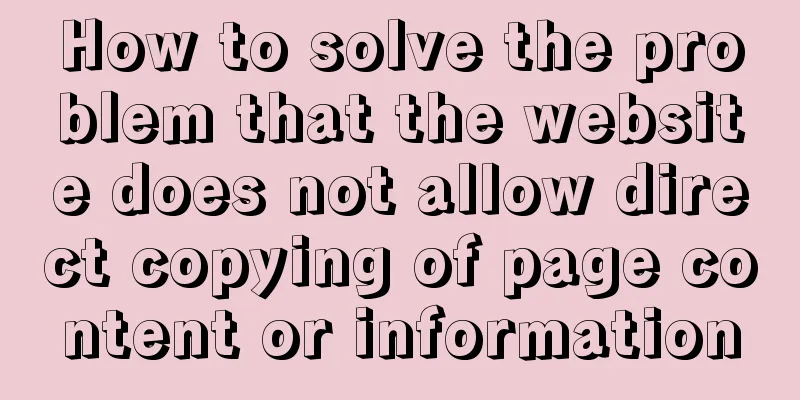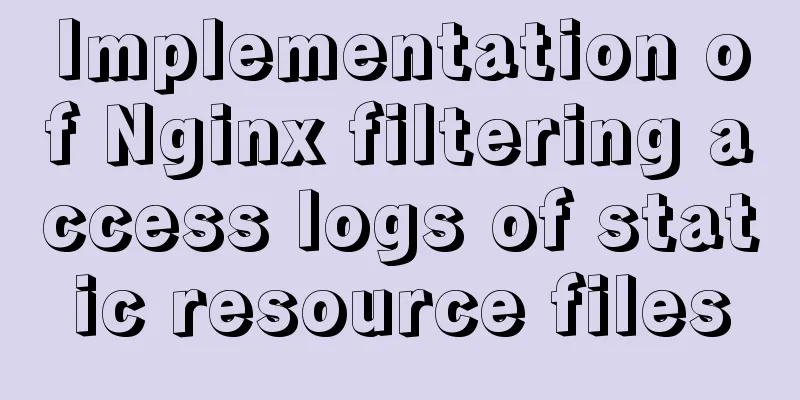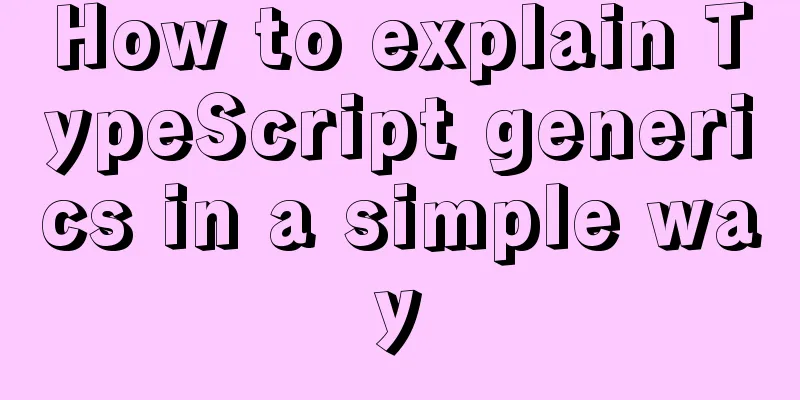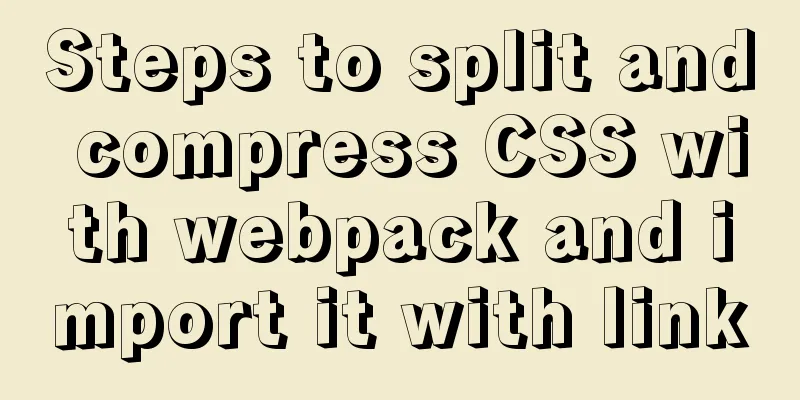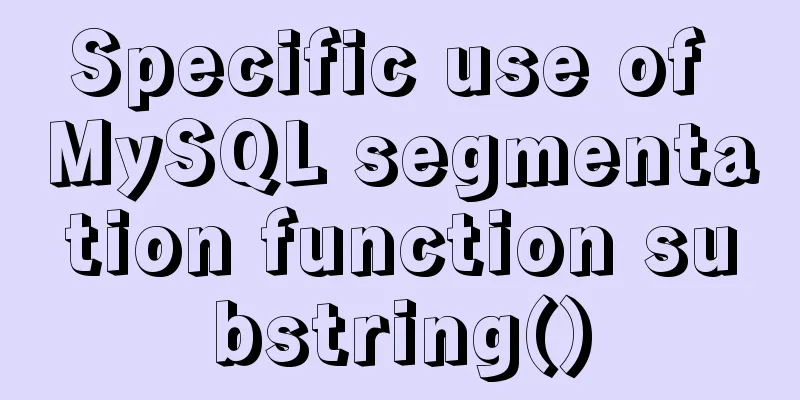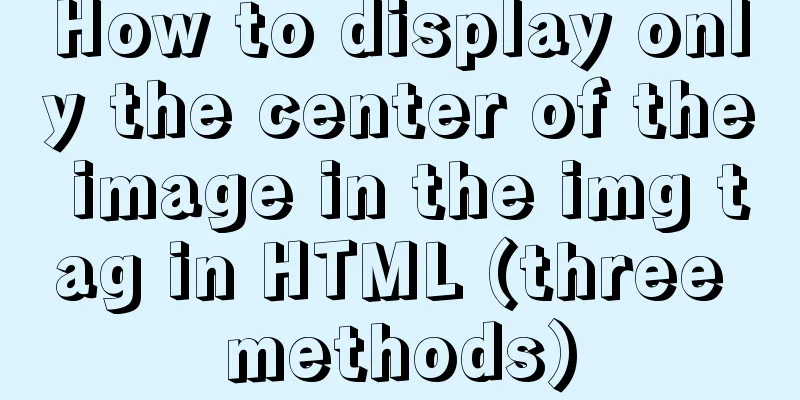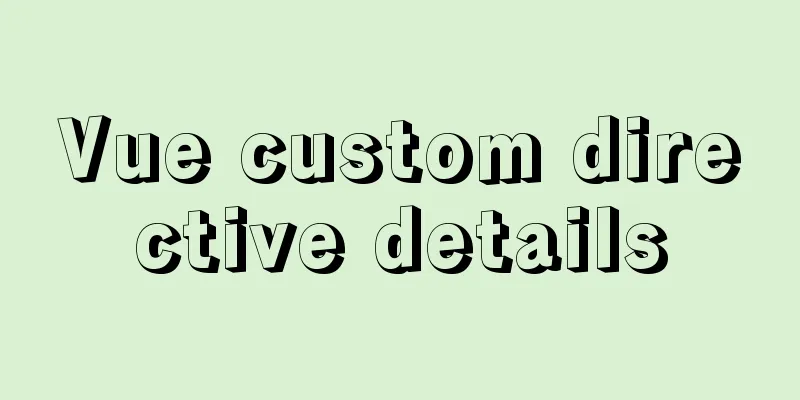A brief analysis of the basic concepts of HTML web pages
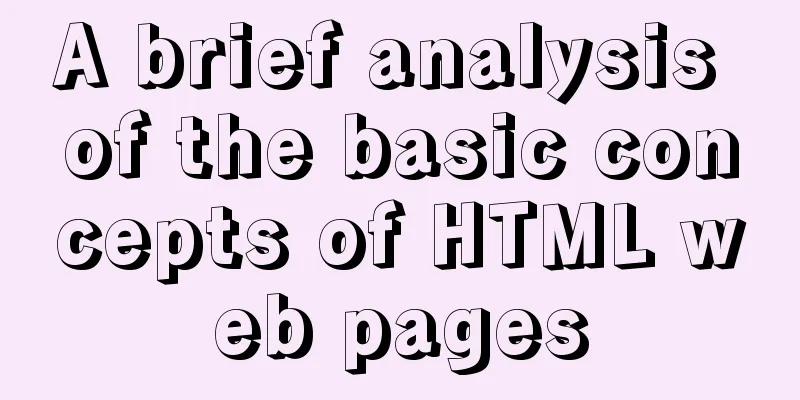
|
What is a web page? The page displayed after the html document is rendered by the browser kernel (five major browsers and four major kernels) The suffix of the html document file name is .html. The previous .htm is to support the DOM system (currently Dreamweaver still uses .htm to end the file name) Coding is to write the page we want to display into the HTML document in the form of code, and then render it as an action. The HTML document itself cannot be well recognized by people, so it needs to be rendered by the browser kernel to be displayed as a page for normal people. The shortcut key to view the page source code is CTRL+U; the source code is usually displayed as follows:
<!DOCTYPE html>
<html lang="en">
<head>
<meta charset="utf-8" />
<meta name="viewport" content="width=device-width, initial-scale=1.0" />
<meta name="referrer" content="origin" />
<meta http-equiv="Cache-Control" content="no-transform" />
<meta http-equiv="Cache-Control" content="no-siteapp" />
<meta http-equiv="X-UA-Compatible" content="IE=edge" />
<title>Big Gray Cow</title>
<link rel="stylesheet" href="/css/blog-common.min.css?v=PEqf9X5sM-TqgxEJ-34zllMNrLPY7PzC3YhmnDnLGWA" />
<link id="MainCss" rel="stylesheet" href="/skins/simpleblue/bundle-simpleblue.min.css?v=MH15aYd6DmX-6TABpA2xkiKENy3GAhiM2dh5rOPH89I" />
<link id="mobile-style" media="only screen and (max-width: 767px)" type="text/css" rel="stylesheet" href="/skins/simpleblue/bundle-simpleblue-mobile.min.css?v=_zt2QFQyJHJRlBTpIRPn4DadnHSequpRNJvrnOfJ3Go" />
<link type="application/rss+xml" rel="alternate" href="https://www.cnblogs.com/dhnblog/rss" />
<link type="application/rsd+xml" rel="EditURI" href="https://www.cnblogs.com/dhnblog/rsd.xml" />
<link type="application/wlwmanifest+xml" rel="wlwmanifest" href="https://www.cnblogs.com/dhnblog/wlwmanifest.xml" />
<script src="https://common.cnblogs.com/scripts/jquery-2.2.0.min.js"></script>
<script src="/js/blog-common.min.js?v=F-Iy-_Lj7VcUKRIvNkS6UZ5LItMqjh1_L0VZk9Yxfb8"></script>
<script>
var currentBlogId = 576770;
var currentBlogApp = 'dhnblog';
var cb_enable_mathjax = false;
var isLogined = true;
</script>
</head>
<body>...</body>
</html>The technologies commonly known as the "three-piece set of web pages" and related to web pages are: html, css, and JavaScript. HTML+css is responsible for the content of the page, JavaScript is responsible for the behavior of the page, HTML is mainly the structure of the page, css beautifies the page through style, and JavaScript completes the page interaction! HTML code is mainly divided into two parts: text content and tag content; text is what can be directly displayed by the browser, such as words and symbols, while tags are similar to <p></p> enclosed in angle brackets, which cannot be directly displayed by the browser and have certain special meanings. Tags always appear in pairs, divided into start and end. Of course, there are exceptions, for example: <hr/><br/> is not an exception. The thing wrapped in the tag is called an element, and adding additional information to the element is an attribute. The attribute name is in front, and the attribute value is behind it. Of course, if it exists like this, it is also an element with attributes <tag style="color:red">element</tag>, but it is not recognized by the browser because W3C (World Wide Web Consortium) has defined the tag, refer to: HTML Manual HTML learning: Be familiar with the use of tags and beautify the page through CSS attribute styles; HTML tags mainly include: text, pictures, links, lists, tables, forms, and frame nesting Pay attention to the following three points in HTML syntax: 1. HTML documents are read from top to bottom 2. Tags can be nested 3. The basic structure of HTML is as follows: <html> <head> Here is the head of the document... ... </head> <body> Here is the main body of the document... ... </body> </html> Summarize The above is the basic concepts of HTML web pages introduced by the editor. I hope it will be helpful to everyone! |
<<: The difference between MySQL count(1), count(*), and count(field)
>>: Summary of JavaScript custom object methods
Recommend
Implementation and usage scenarios of JS anti-shake throttling function
Table of contents 1. What is Function Anti-shake?...
Echarts legend component properties and source code
The legend component is a commonly used component...
Detailed explanation of basic data types in mysql8.0.19
mysql basic data types Overview of common MySQL d...
A detailed introduction to for/of, for/in in JavaScript
Table of contents In JavaScript , there are sever...
MySQL 5.6.27 Installation Tutorial under Linux
This article shares the installation tutorial of ...
MySQL Billions of Data Import, Export and Migration Notes
I have been taking a lot of MySQL notes recently,...
Pay attention to the use of HTML tags in web page creation
This article introduces some issues about HTML ta...
How to preview pdf file using pdfjs in vue
Table of contents Preface think Library directory...
A Brief Analysis of the Differences between “:=” and “=” in MySQL
= Only when setting and updating does it have the...
Detailed explanation of common usage of pseudo-classes before and after in CSS3
The before/after pseudo-class is equivalent to in...
Detailed explanation of Linux redirection usage
I believe that everyone needs to copy and paste d...
Design and implementation of Vue cascading drop-down box
Table of contents 1. Database design 2. Front-end...
Example of implementing QR code scanning effects with CSS3
Online Preview https://jsrun.pro/AafKp/ First loo...
Summary of pitfalls in virtualbox centos7 nat+host-only networking
Table of contents 1. Problem Background 2. What a...
